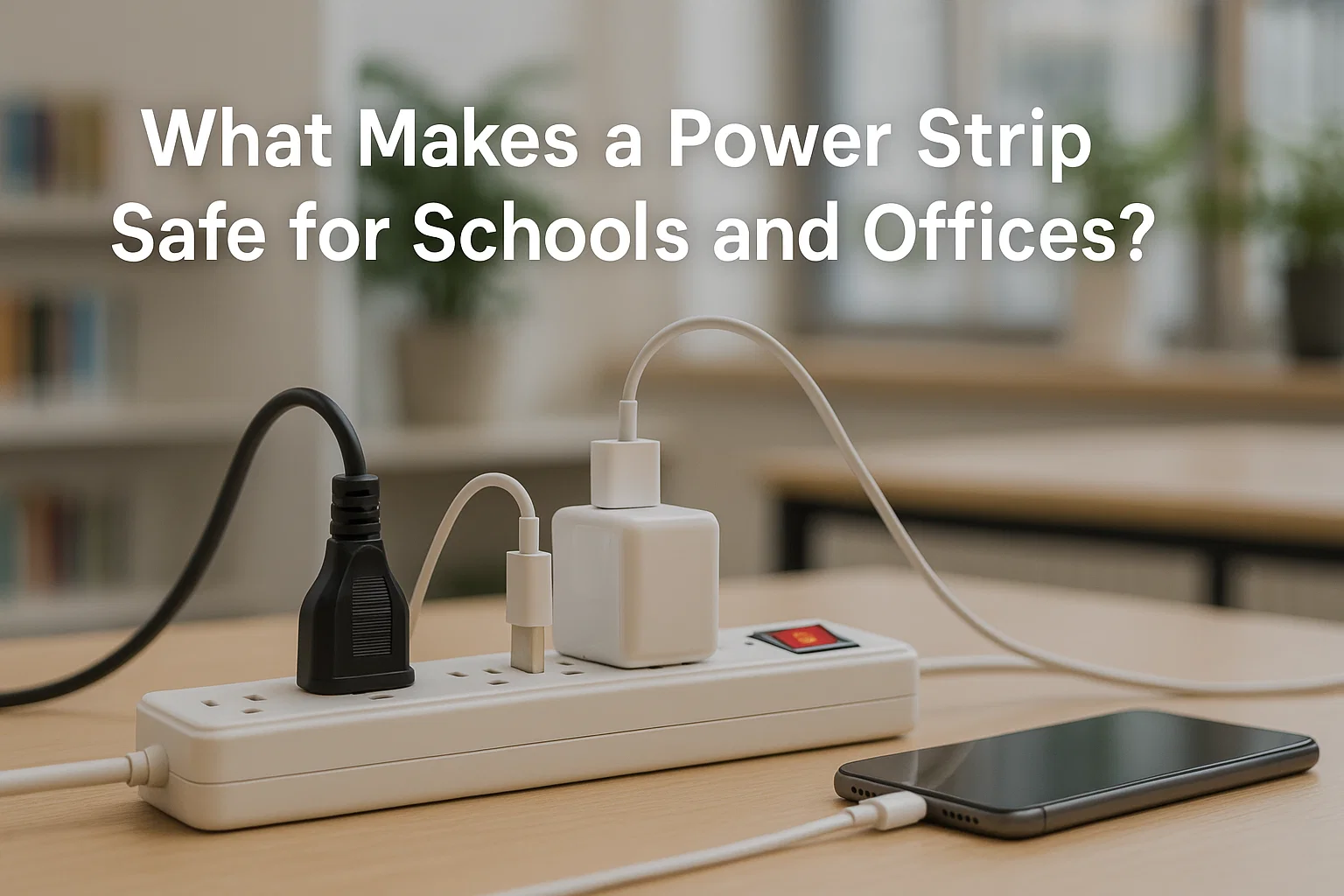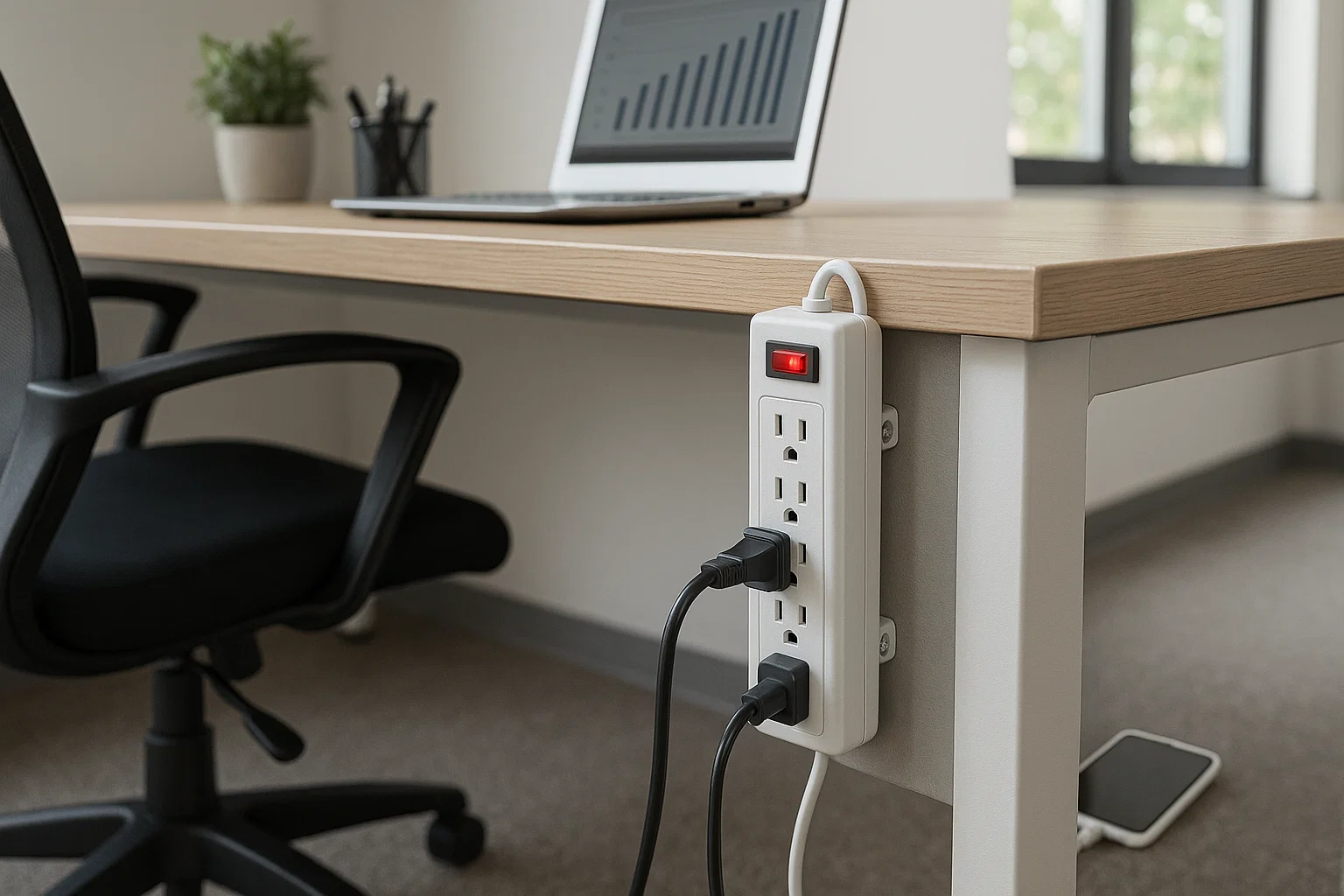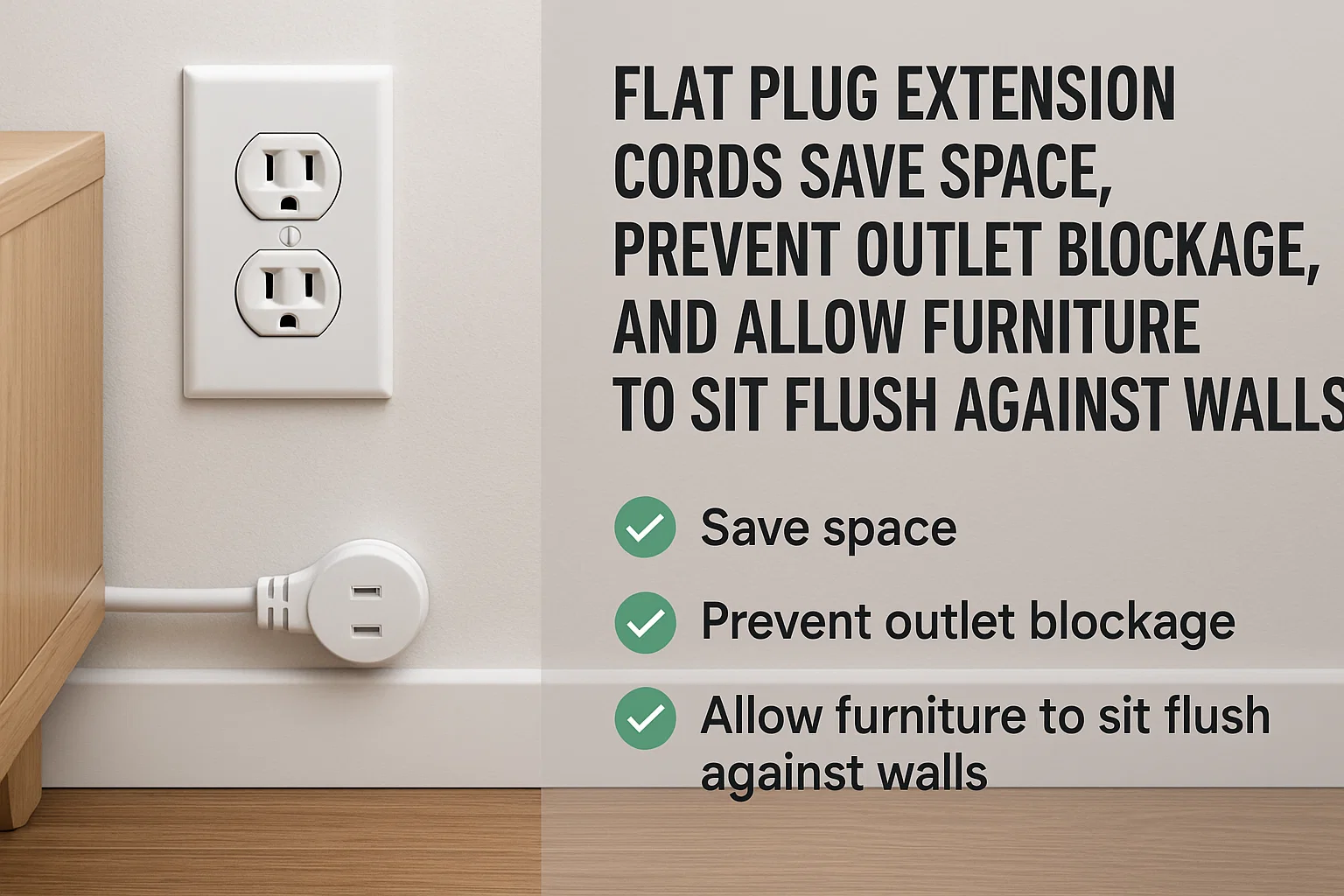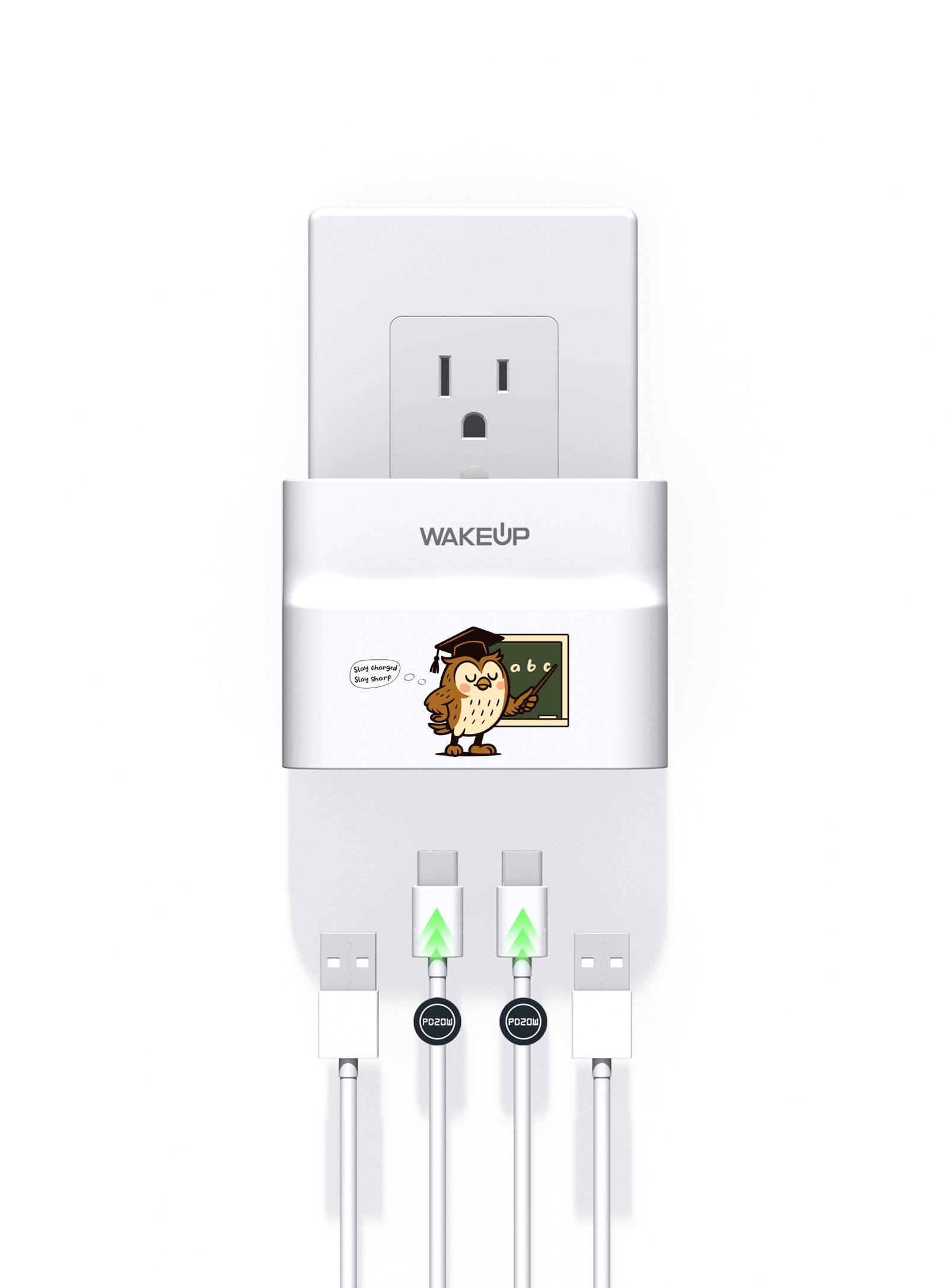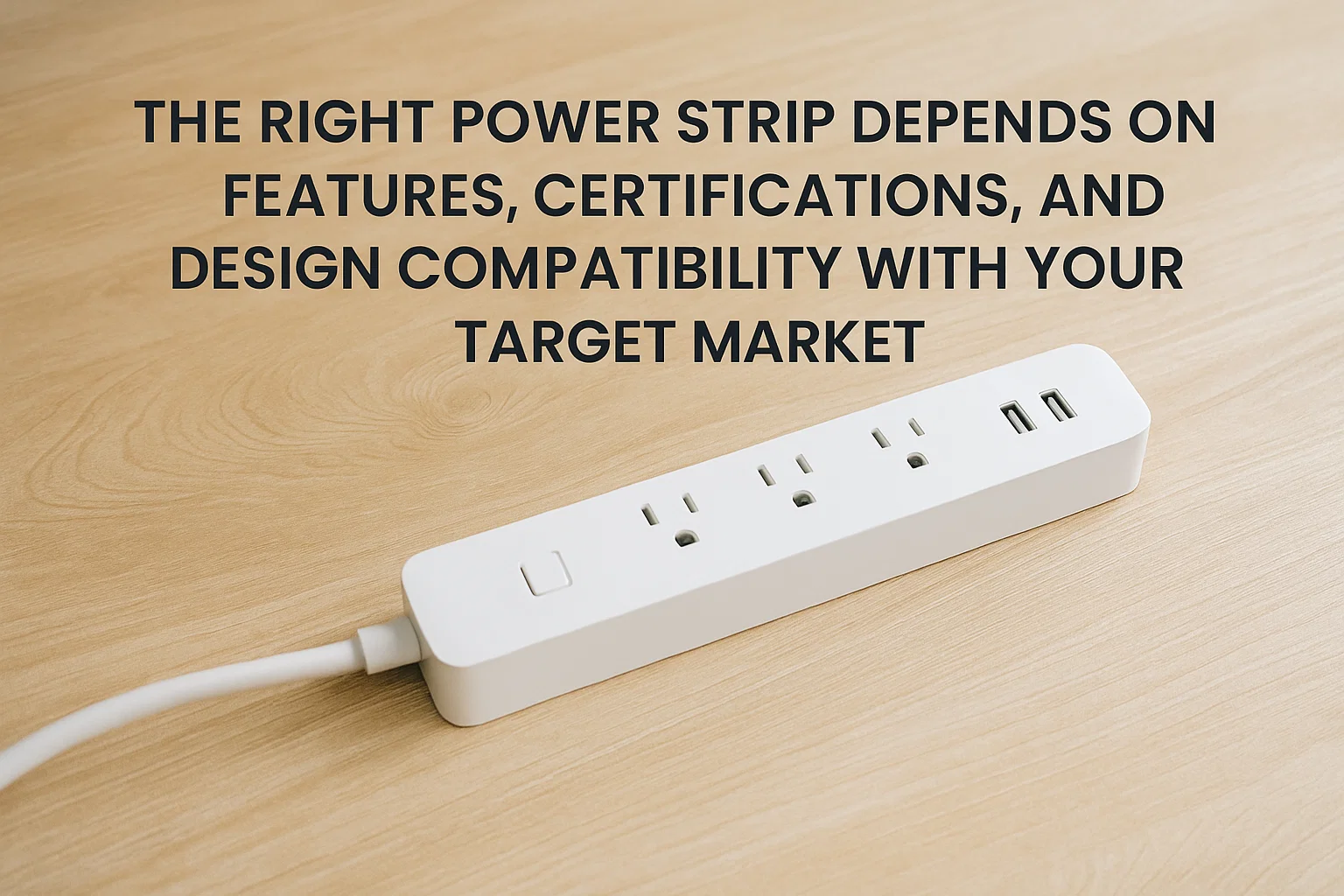
Power strips are helpful — but misusing them can be dangerous.
Proper usage of power strips reduces fire risk, protects devices, and extends product life.
Let’s explore how to stay safe when using them at home or at work.
Can Power Strips Cause Fires If Used Incorrectly?
Yes — when overloaded, they can overheat or short-circuit.
Overloading power strips or using the wrong type can lead to overheating, sparks, and electrical fires.

Most Power Strip Incidents Are Preventable
I’ve seen customers plug space heaters, refrigerators, or multiple high-wattage appliances into basic power strips. That’s risky. Most strips are not made to handle heavy-duty devices. The internal wiring and thermal cutoff limits can be exceeded easily, causing dangerous overheating.
Use each strip only for its rated load. If you’re not sure, check the wattage of your devices and compare it to the strip’s capacity.
Common Overload Risks
| Device | Typical Wattage | Risk Level (on basic strip) |
|---|---|---|
| Space heater | 1500W | 🔴 High risk |
| Coffee maker | 1000W | 🔴 High risk |
| TV + speakers + lights | 400–600W | 🟡 Moderate |
| Phone + tablet chargers | 30–80W | 🟢 Low |
Use a surge protector for electronics and avoid heat-generating devices entirely.
How Should You Choose the Right Power Strip?
Match your device load and location needs.
Pick strips based on outlet spacing, cord length, safety features, and certification (ETL, UL, etc).

Don't Just Buy Based on Outlet Count
People often look for more outlets — but don’t check total wattage capacity or whether surge protection is included. Always buy certified models from trusted suppliers.
For example, our products offer pressure-sensitive surge protection, and HW-281 provides widely spaced outlets to prevent overheating from crowded plugs.
Buying Tips Checklist
| Feature | Why It Matters |
|---|---|
| Surge protection | Protects electronics from voltage spikes |
| Flame-retardant shell | Adds safety in case of overheating |
| ETL / UL certification | Ensures tested product safety |
| Wide outlet spacing | Prevents plug overheating or arcing |
| Heavy-duty cord | Handles larger devices safely |
Also consider length — too-short cords can encourage daisy chaining, which is unsafe.
What Should You Avoid When Using Power Strips?
Never daisy chain or use outdoors (unless rated for it).
Common mistakes like connecting multiple strips or hiding them under rugs increase fire risk.

The Don’ts of Power Strip Safety
Even the best-made strip can’t protect you from misuse. Based on conversations with North American retailers, these are the most common misuse patterns:
- Daisy chaining: Never plug one power strip into another.
- Under rug placement: This traps heat and causes insulation breakdown.
- Wet areas: Unless rated for outdoor use (like BHW-121SW), avoid damp areas.
- Loose connections: Ensure all plugs are fully inserted to avoid sparking.
Unsafe Usage Table
| Unsafe Practice | Why It’s Dangerous |
|---|---|
| Plugging a strip into another | Double current load = fire hazard |
| Running under rugs or carpets | Heat builds up, can cause melting |
| Using non-weatherproof strips outdoors | Moisture = short circuit risk |
| Overloading with appliances | Excess current = overheating |
Following manufacturer instructions is not optional — it’s essential.
How Do Surge Protectors Improve Power Strip Safety?
They block voltage spikes and prevent equipment damage.
Surge protectors cut off sudden bursts of electricity caused by lightning or grid faults.
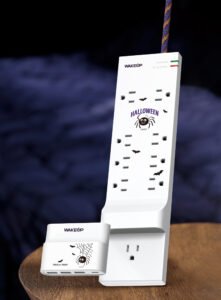
Surge Protection Explained
When a voltage surge hits (often during storms or switching operations), a built-in MOV (metal oxide varistor) diverts the extra voltage safely to ground. This helps prevent fires and protects your TVs, laptops, routers, or even chargers.
For example, our products has built-in surge protection with indicator lights, while offer the same feature in a stylish retro design.
Look for These Indicators
| Feature | Benefit |
|---|---|
| Surge indicator light | Confirms the protection is active |
| MOV + thermal fuse design | Better cut-off during overload |
| Response time < 1 nanosecond | Instant protection from spikes |
| 1200J–2450J surge rating | Handles home/office surge levels |
Without these, a power strip may still function — but not protect your electronics or wiring.
What Are Some Daily Habits to Keep Power Strip Usage Safe?
Inspect, unplug, and avoid overuse.
Regular checks and responsible habits help extend lifespan and reduce danger.

Quick Daily Safety Checklist
I always remind our customers to keep it simple. If something feels hot or smells strange — unplug immediately.
| Task | Frequency | Why It Helps |
|---|---|---|
| Check cord and plugs | Weekly | Detects cracks, burns, or damage |
| Test surge indicator light | Monthly | Confirms active protection |
| Unplug when not in use | Daily (if possible) | Reduces risk and saves energy |
| Keep away from heat source | Always | Prevents melting or warping |
| Don’t exceed power rating | Always | Avoids overload or short circuit |
Treat your power strip like any electrical appliance — it requires care.
Conclusion
Use certified power strips correctly, match them to the right load, and inspect regularly — that’s the key to safety.


